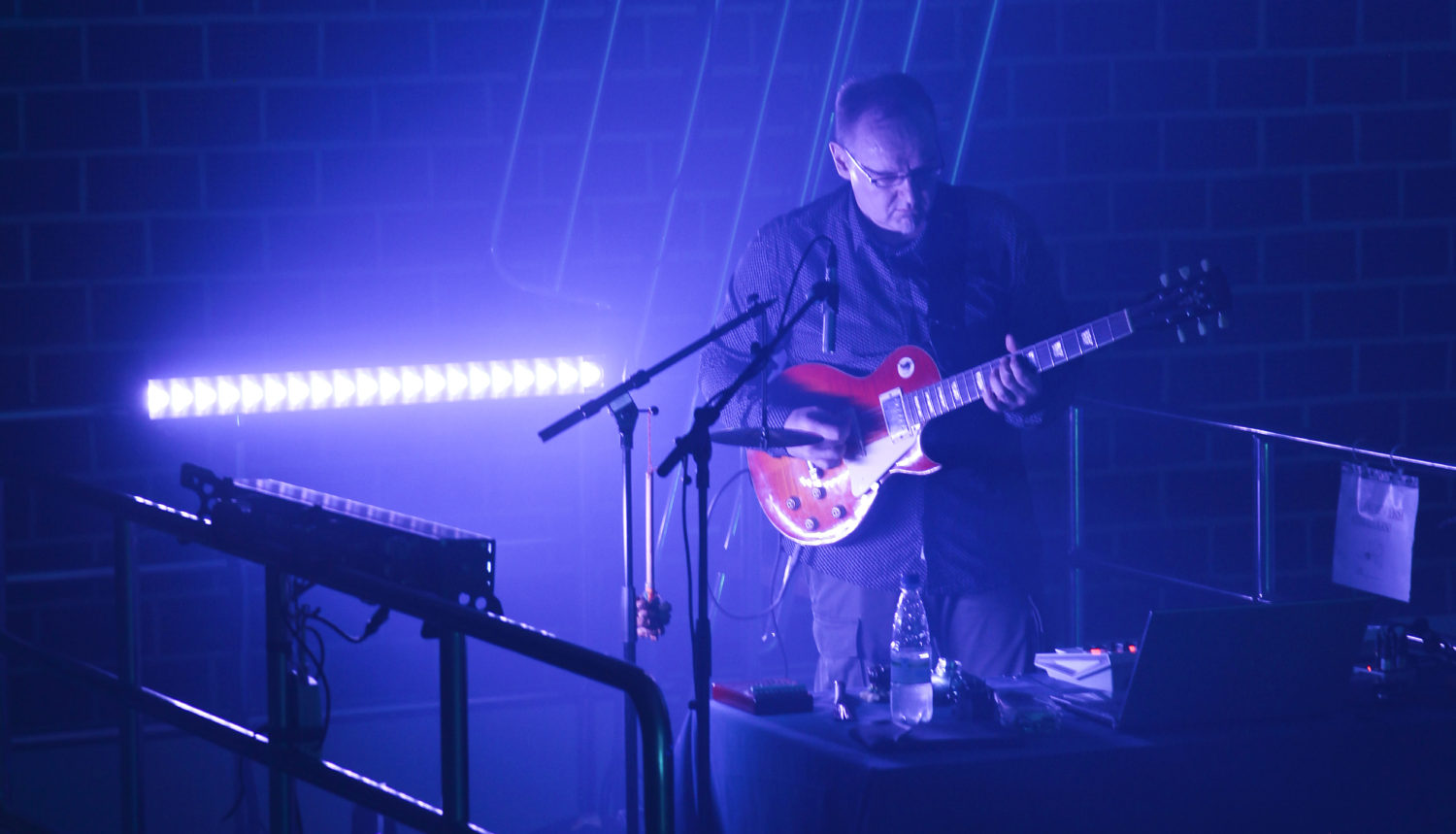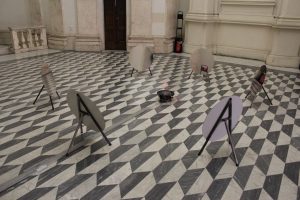336 Swan Songs
2014
sound installation
Materials: sound, speakers, audioplayer, amplifier, white nets
Exhibition: Grey Cube Gallery II, Bear Cave, Helsinki Zoo.
2.7. – 29.7.2014, Grey Cube Festival
According to the myth, the usually quiet Mute Swan (Cygnus olor) sings really beautiful song just before death. The last song is called swan song. The Swan song is a metaphorical phrase for a final gesture or performance before death.
In 336 Swan Songs, the song of Mute Swan is heard 336 times a day – the same number of prisoners died at the Isosaari prison camp in Helsinki during the Civil War in 1918. Today the island is occupied by Mute Swans.
Karhulinnaan on sijoitettu isoja verkkoja,
jotka halkaisevat tilan.
Tilassa on kymmeniä kaiuttimia
joista soi ajoittain joutsenen ääni.
Kyhmyjoutsen äännähtää kaiuttimista
336 kertaa päivän aikana.
Suomen ensimmäiset kyhmyjoutsenet (Cygnus olor) tuotiin Ahvenanmaalle puistolinnuiksi. Lintuja pääsi myös vapauteen ja ensimmäinen pesintä todettiin Ahvenanmaalla vuonna 1934. Kyhmyjoutsenet asuttavat nykyään myös Helsingin edustalla olevaa Isosaarta. Saari sijaitsee Korkeasaaresta etelään.
Suomen sisällissodan aikana Isosaaressa oli vankileiri. Pelätty ja vaarallisiksi luokiteltu vankileiri aloitti toimintansa 15. toukokuuta 1918 ja leiri suljettiin 15. syyskuuta 1918. Olosuhteet vankileirillä olivat ankeat. Neljän kuukauden aikana leirillä kuoli 336 vankia: 267 suomalaista ja 69 venäläistä sotilasta. Vangit teloitettiin, tai he kuolivat nälkään ja kulkutauteihin.
Myytin mukaan yleensä hiljainen kyhmyjoutsen laulaa todella kauniisti juuri ennen kuolemaansa. Viimeistä laulua kutsutaan joutsenlauluksi. Vertauskuvallisesti myös eräiden ihmisten on sanottu laulaneen joutsenlaulunsa kun heidän viimeisestä työstään tuli erityisen merkittävä.
336 Joutsenlaulua -teoksessa soi joutsenlaulu 336 kertaa päivässä – saman verran kuoli vankeja kyhmyjoutsenten asuttaman Isosaaren vankileirillä vuonna 1918.
Soundcloud
https://soundcloud.com/installation-sound/petri-kuljuntausta-336-swan-songs


